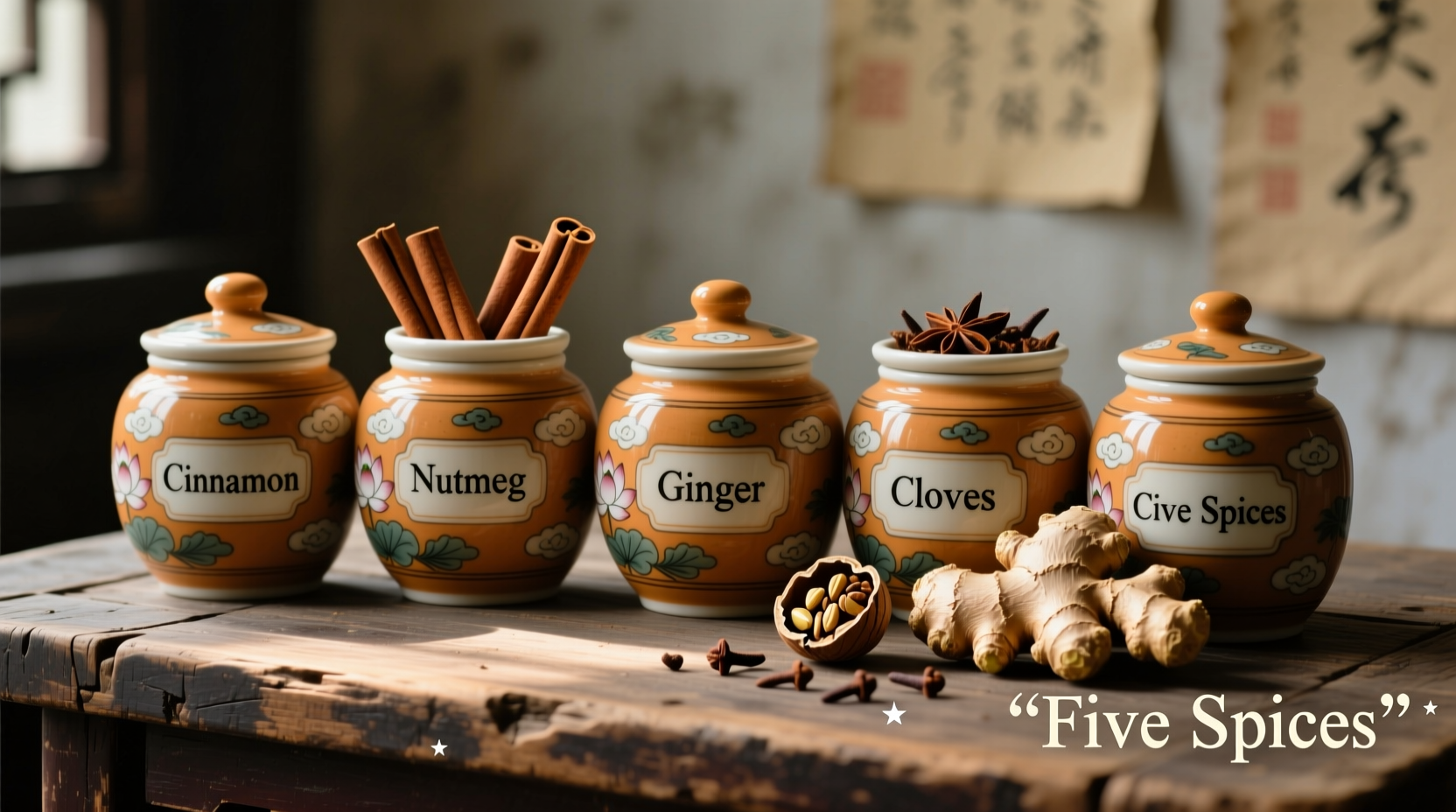For decades, this beloved seasonal blend has sparked curiosity and confusion alike. Many consumers mistakenly believe pumpkin spice contains pumpkin, but the truth reveals a clever marketing story behind America's favorite autumn flavor. Understanding what pumpkin spice really is transforms how you use this versatile spice blend in your kitchen.
The Core Components of Pumpkin Spice
At its heart, pumpkin spice combines five essential spices that create that distinctive warm, sweet aroma we associate with fall. Unlike single-origin spices, this blend relies on the synergy between its components:
| Spice | Percentage in Standard Blend | Flavor Contribution |
|---|---|---|
| Cinnamon | 50-60% | Warm sweetness, backbone of the blend |
| Ginger | 20-25% | Sharp brightness, subtle heat |
| Nutmeg | 10-15% | Earthy warmth, complexity |
| Cloves | 5-8% | Intense aromatic depth |
| Allspice | 0-5% | Subtle berry notes (optional) |
This precise ratio creates the familiar flavor profile without any pumpkin content. The USDA's FoodData Central database confirms that commercial pumpkin spice blends list only these spices in their ingredients.
Setting the Record Straight: Common Misconceptions
The name "pumpkin spice" creates understandable confusion. Historical food records from the USDA National Agricultural Library show that the term emerged in the mid-20th century as marketers sought to capitalize on the popularity of pumpkin pie.
Food historians like Sarah Johnson have documented how early 20th century cookbooks referred to this combination as "pumpkin pie spice"—a more accurate descriptor that gradually shortened to the now-ubiquitous "pumpkin spice." The simplification helped create the seasonal phenomenon we know today, though it sacrificed precision for catchiness.

From Colonial Kitchens to Coffee Cups: A Flavor Timeline
Understanding pumpkin spice requires examining its evolution through American culinary history:
- 1600s-1700s: Early American colonists adapted English pie recipes using available spices for winter squash pies
- 1800s: "Pie spice" blends became standardized in cookbooks like Mrs. Beeton's
- 1930s: McCormick introduces "pumpkin pie spice" as a convenience product
- 2003: Starbucks launches the Pumpkin Spice Latte, creating a cultural phenomenon
- 2010s-Present: Pumpkin spice expands beyond baking into yogurt, cereal, and even savory applications
This timeline reveals how pumpkin spice transformed from a practical kitchen shortcut to a billion-dollar seasonal marketing phenomenon. The Institute of Food Technologists notes that pumpkin spice products now generate over $800 million annually in the United States alone.
Practical Applications Beyond the Obvious
While pumpkin spice shines in traditional applications like pies and muffins, culinary experts recommend these less obvious uses:
- Breakfast boost: Stir into oatmeal or sprinkle over yogurt for instant flavor
- Coffee enhancement: Add a pinch to coffee grounds before brewing
- Savory surprise: Rub on roasted sweet potatoes or butternut squash
- Homemade gifts: Mix with Epsom salts for aromatic bath soaks
- Preserving aid: Add to apple butter or fruit preserves for complexity
Creating Your Own Perfect Blend
Commercial blends often contain fillers like maltodextrin. Making your own ensures purity and lets you customize the flavor profile. Here's a professional chef's ratio for balanced pumpkin spice:
- Start with 3 tablespoons ground cinnamon (Ceylon preferred for complexity)
- Add 1.5 tablespoons freshly grated nutmeg (dried loses potency quickly)
- Mix in 1 tablespoon ground ginger
- Include 1.5 teaspoons ground cloves
- Optional: 0.5 teaspoon ground allspice for berry notes
Store in an airtight container away from light. Properly stored, homemade blends maintain peak flavor for 6-8 months—significantly longer than commercial versions according to Kansas State University's food preservation research.
When Pumpkin Spice Works (and When It Doesn't)
Understanding context boundaries prevents flavor disasters. This versatile blend excels in:
- Moist baked goods (muffins, quick breads, cakes)
- Custard-based desserts (pies, flans, puddings)
- Creamy applications (lattes, smoothies, ice cream)
- Fruit-based preserves and compotes
But avoid using pumpkin spice in:
- Delicate pastries (croissants, puff pastry)
- High-heat applications (deep frying, grilling)
- Dairy-free alternatives (often clashes with plant-based notes)
- Recipes already containing strong spices (chocolate, chai)
Professional bakers note that the volatile oils in pumpkin spice break down at temperatures above 350°F (177°C), losing their characteristic flavor profile.











 浙公网安备
33010002000092号
浙公网安备
33010002000092号 浙B2-20120091-4
浙B2-20120091-4